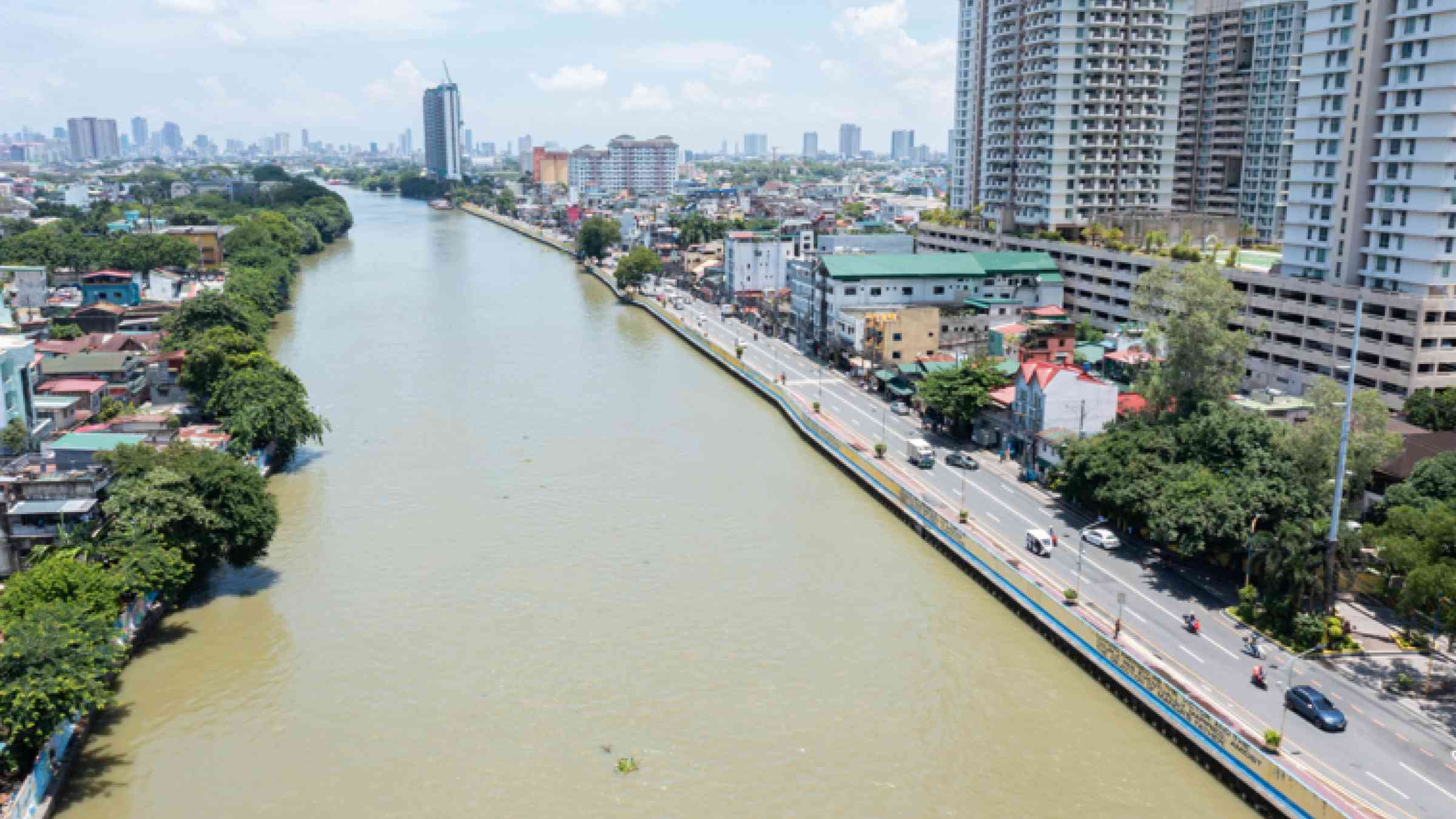Urban Resilience of Metropolises: Incorporation of Multi-Sectoral Spatial Risk Assessment in City Planning for Investing in Resilient Metropolises, and Augmenting Local Solutions to Disaster Risk Reduction/Build Back Better with Space Satellite Services
We are witnessing a huge influx of population in many metropolises. The rapid population growth often results in uncontrolled urbanized areas, bearing risk of disasters. While many cities with rapid population growth are the engines for economic growth, they may be building on fragile foundations. Recently, we are experiencing huge losses of life and serious economic damage in such urbanized areas by extreme weather events and earthquakes.
The Sendai Framework in Para.6 calls for "Enhanced work to reduce exposure and vulnerability, thus preventing the creation of new disaster risks, and accountability for disaster risk creation are needed at all levels." In metropolitan areas this is particularly significant. The question is how to do it.
There is an urgent need to address the root causes of such disasters by identifying better ways to incorporate disaster risk reduction into urban planning and infrastructure planning processes. Further, to respond effectively to such unexpected scales of disaster, it is important to have rapid access to geographical information and to disseminate the risk information.
The latest science and technology, such as earth observation satellite imageries with Web-GIS technologies, provide various tools to assess and investigate the existing risks and also foresee future risks and indicate such risks on geographical maps. Moreover, communication satellites could also transmit risk information to the gee-specific locations of mass populations in urban areas.
Identification and evaluation of risks with due consideration of geographical, geological, hydrometeorological conditions and the socio-economic conditions requires transdisciplinary collective efforts by the local government, private sector and research institutes. This must be a dynamic process considering future projections. The outputs must be duly communicated to the public and be reflected in spatial planning of urban areas and infrastructure planning. A tailor made Public-Private & Academia partnership rooted in each metropolis/city will serve this purpose. Also, effective communication strategies are required for the outputs to be well appreciated and be acted on by the stakeholders in the metropolis/city for safer and resilient future.
Against this backdrop, this panel discussion serves as a platform for various practitioners and experts to exchange experiences and best practices. Moreover, the discussion will shed light on collaborative opportunities and challenges inherent in producing a new marriage of risk reduction and spatial planning.
Tentative Programme:
1. Welcome Remarks by Ariel F Nepomuceno, the Administrator of OCD, Philippines
2. Introduction of agenda by Prof. Satoru Nishikawa, Senior Advisor JICA
3. Table setting keynote by Mr. Amit Prothi, Director General of CDRI
4. Presentation of the case of Manila Metropolitan Area by PHIVOLCS Philippines (detail under their consideration)
5. Presentation of the case of Mumbai Metropolitan Area by IIT Bombay (detail under their consideration)
6. Presentation on urban risk information by BNPB Indonesia (detail under their consideration)
7. Presentation on resilience of island cities by NDMO Fiji (detail under their consideration)
8. Presentation on urban flood resilience by DMC Sri Lanka (detail under their consideration)
9. Presentation of the SFDRR voluntary report by Sendai City (detail under their consideration)
10. Role of Sentinel Asia and geo-spatial risk assessment by Dr. Shiro Kawakita, Acting Executive Secretary of Sentinel Asia, Manager for Space-Based Disaster Management, JAXA
11. Contributions of QZSS DC Report in enhancing geographic-specific risk response by Dr. Gerry Potutan, Senior Researcher, ADRC
12. Utilization of Satellite Services for DRR: The Philippines Experience by Dr. Ariel Blanco, Director, Space Information Infrastructure Bureau (SIIB), PhilSA
13. Comment by Prof. Kozo NAGAMI, Specially Appointed Professor, Tohoku University

Agenda
Location
Philippine International Convention Center
Online access
Details
Organized by
Japan International Cooperation Agency (JICA), Japan Office of Civil Defense, Philippines (OCD), Philippines Philippine Institute of Volcanology and Seismology (PHIVOLCS), Philippines Coalition for Disaster Resilient Infrastructure (CDRI) National Agency for Disaster Countermeasure (BNPB) ,Indonesia National Disaster Management Office (NDMO), Fiji Disaster Management Centre (DMC), Sri Lanka The Indian Institute ofTechnology Bombay (IIT Bombay), India Tohoku University, Japan Sendai City, Miyagi prefecture, Japan Cabinet Office Japan Philippine Space Agency (PhilSA) Sentinel Asia Asian Disaster Reduction Center (ADRC)Contact
Yukinari Hosokawa, Deputy Director General and Group Director for Disaster Risk Reduction, Global Environment Department, Japan, International Cooperation Agency (JICA), email: [email protected]
